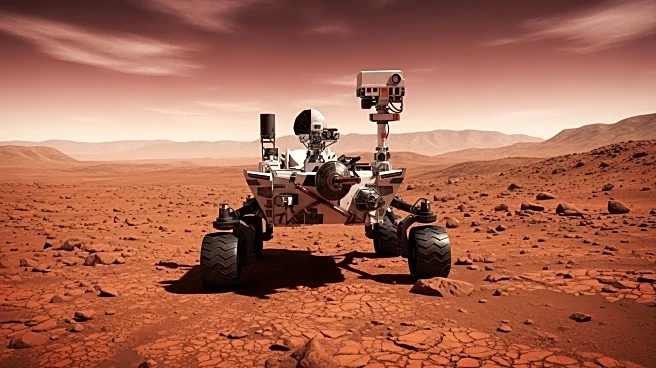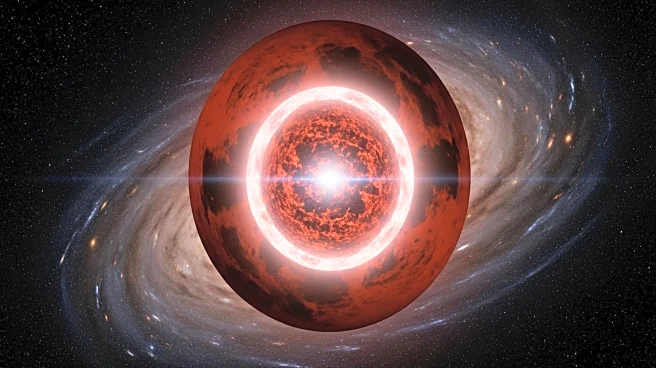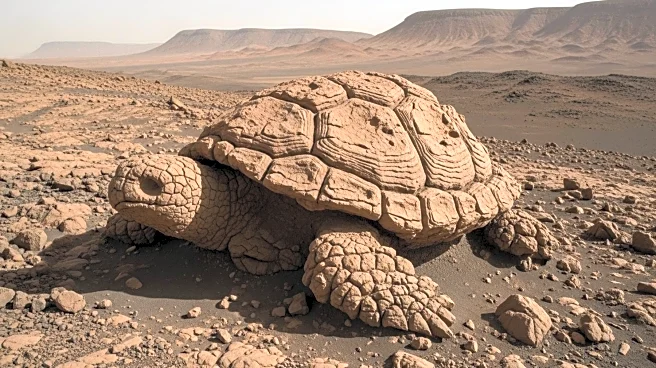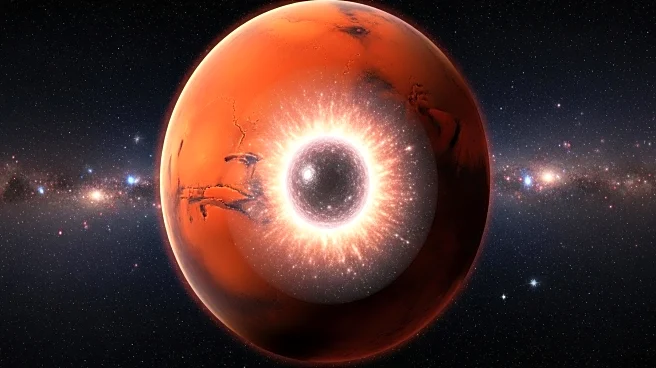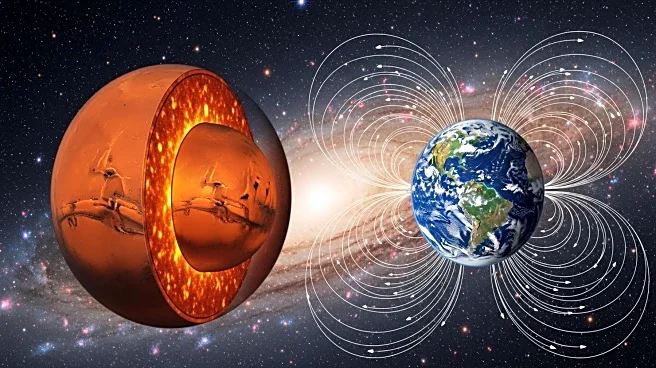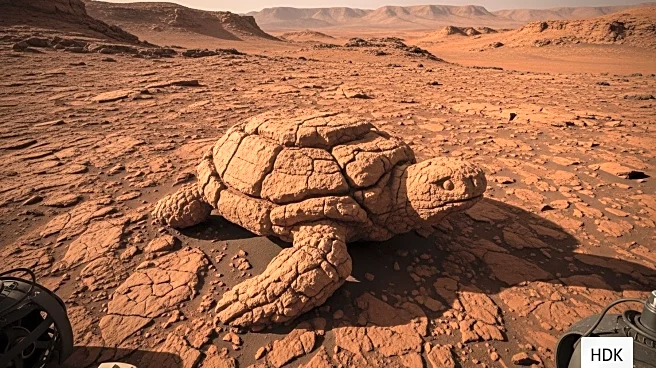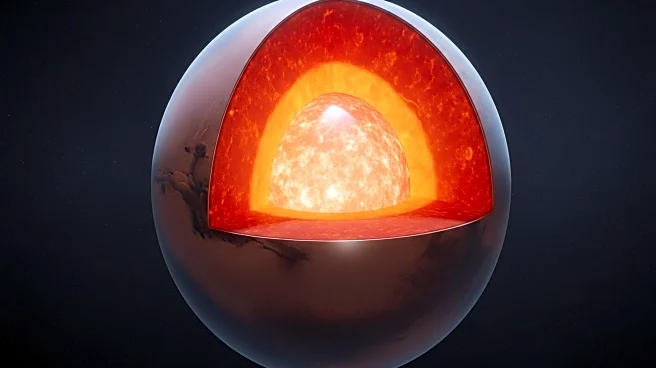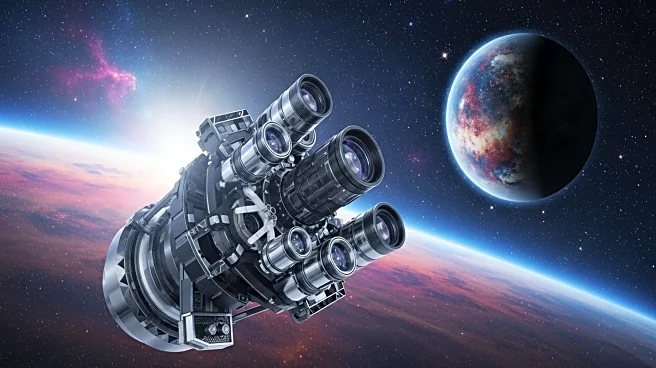What's Happening?
The NASA Viking missions, launched in 1976, marked the first direct search for extraterrestrial life on Mars. Consisting of two orbiters and landers, the missions conducted three biology experiments to detect life. Despite no unambiguous discovery, the results have been debated for decades. The Viking landers also provided significant insights into Mars' atmosphere and surface, revealing seasonal atmospheric pressure changes and the presence of frozen poles. The missions' findings continue to influence current scientific models and discussions about life on Mars.
Why It's Important?
The Viking missions were pivotal in shaping our understanding of Mars and the potential for life beyond Earth. The experiments conducted laid the groundwork for future Mars exploration and have influenced scientific thought on planetary environments. The ongoing debate about the presence of life on Mars underscores the missions' lasting impact on astrobiology and planetary science. The findings have implications for future missions and the search for life in the universe, potentially guiding the development of new technologies and exploration strategies.
What's Next?
Future Mars missions will likely build on the Viking missions' findings, using advanced technology to further explore the possibility of life. The discovery of perchlorate in Martian soil suggests new avenues for research, as scientists seek to understand its role in organic compound degradation. Continued exploration and analysis are expected to refine our understanding of Mars' environment and its capacity to support life, influencing both scientific inquiry and public interest in space exploration.
Beyond the Headlines
The Viking missions highlight the ethical and philosophical questions surrounding the search for extraterrestrial life. Discovering life beyond Earth would have profound implications for humanity's understanding of its place in the universe. The missions also emphasize the importance of international collaboration in space exploration, as scientists worldwide continue to analyze and interpret the data collected. These efforts contribute to a broader understanding of planetary science and the potential for life in the cosmos.
